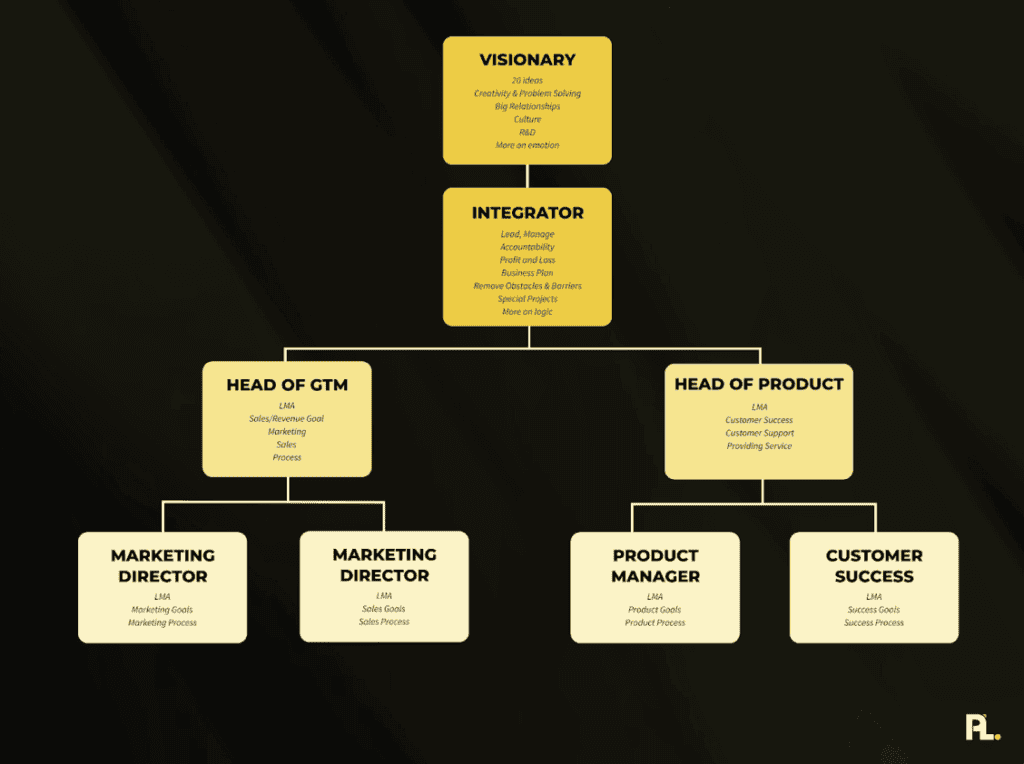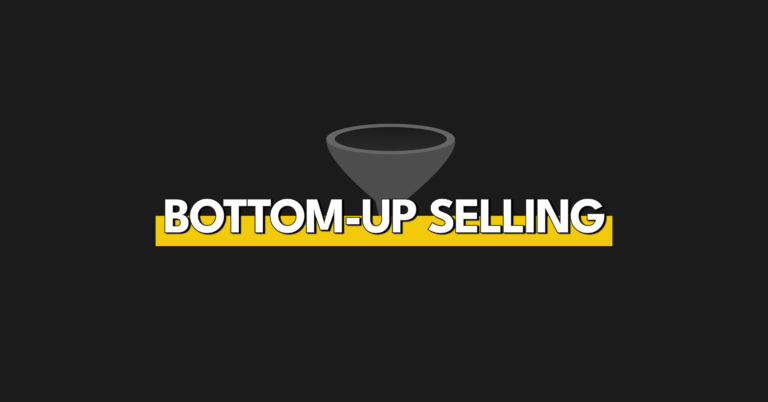Every founder wants to see their company thrive.
But here’s the reality…
Most founders wear too many “hats” within their organization. While this is often necessary in the early stages of a startup, there comes a time when you can become a bottleneck.
This article explores your role as a CEO or founder of a product-led company and how to get on the path to a self-managing company. We’ll cover the founder's journey through different levels of company involvement and the art of assembling a resilient team of elites.
What a self-managing company is & why it’s the gold standard
A self-managing company has a leadership team that can run the business independently and scale it without owner involvement.
This structure lets the founder step back from daily operations and focus on strategic CEO-level decisions.
Building a self-managing company gives you peace of mind when you take a long vacation. Your company can run without you. Even better, it can grow without you.
How to approach company resilience with clarity
Before your product-led company can move in the direction of building a self-managing company, you need to really look at who does what in your organization.
That starts by mapping out an accountability chart.

This will clarify the hierarchy and responsibilities of everyone on your team. You’ll be able to identify areas where people are getting bogged down with too many tasks and spot inefficiencies in workflows, which will help you with hires down the road.
The levels of building a self-managing company
I've defined four different levels of building a self-managing company.
Levels 1 to 3 demonstrate how a founder lets go of day-to-day tasks, which paves the way for a self-managing organization.
Level 4 is a significant milestone. This is where the founder’s primary responsibility becomes the CEO, and it sets the stage if they want to step back or sell their company one day.
Your ultimate goal should be Level 4. Let's look at each level so you can see where you fit in now, and to understand how far you need to go.
Level 1: No specialized positions
At this initial level, the founder often wears multiple hats, and there are no specialized positions in the organization.
Level 2: No Director/Head Positions
At Leve 2, you have a couple of leadership positions under you.
For you as the founder, this means you are delegating specialized tasks to an elite leadership team and transitioning into a more supervisory role.
Some founders may find it hard to reach this level because they want to keep doing the roles they enjoy and are really good at. When they don’t, growth plateaus because they continue juggling too many tasks.
Level 3: You’re the COO/Integrator & CEO
The founder is also the Chief Operating Officer (COO) as well as the CEO at Level Three. They manage the day-to-day operations.
At this point, the growth of the company is still very dependent on the founder.
Level 4: You’re just the CEO
At this level, the company is self-managed.
Your sole focus is your role as CEO. Founders can launch innovative projects and shape long-term strategies.
Because their leadership team manages the day-to-day responsibilities, the founder can take a long vacation without fear of their business crashing when they're out.
Level 5: You’re the Executive Chairman/Advisor
I've added this one as a bonus level. At this final level, founders have exited their company and may move into a role where they give advice and help with big decisions as an Executive Chairman or Advisor.
How to reach Level 4
When people ask how long it takes to reach Level 5, I often say it depends on their experience of founding companies (i.e. it's going to take a first-time a lot longer than a third-time founder).
Here’s what usually holds founders back…
They cling to specialist roles and are reluctant to step into executive and leadership positions. Doing so prevents a company from assembling an elite team and becoming self-managed.
That's why understanding the five levels of founder involvement gives you a path forward. You know what you're overall vision is, and you can map out a path to get there. Mapping out your accountability chart will help you pinpoint how many roles you currently fill and where your gaps currently are.
To reach level 4, start by asking these questions:
- What level are you at right now?
- Where do you want to be by the end of this year? (Be realistic.)
- What’s holding you back from reaching the next level?
Next, write down:
- The revenue range your company needs to be at to transition toward self-management.
- The number of employees needed to fill those core seats. An accountability chart becomes an essential tool here, helping you visualize roles within your company and determine whether to fill these with full-time employees or contractors.
- Understand what revenue per employee (RPE) you want to maintain and what profit you need to achieve that.
- Choose a realistic timeline for when that’s possible.
In my experience building ProductLed into a self-managing company, I initially set an unrealistic $20 million revenue target. After deep analysis, I realized a more attainable goal was a $2 million revenue target with a dedicated team of 7 to 8 elite employees.
Start designing your self-managing company
Get really clear on your current founder level and why you’re putting in all the effort. To succeed, you’ve got to be genuinely excited about your company’s future vision.
Be sure to map out your accountability chart to help you visualize the structure of your self-managing company and who you need to hire to get there.
Creating a self-managing company is part of the Team component of the ProductLed System™️. It's the final step in building and scaling a product-led company.
The ProductLed System™️ is a comprehensive go-to-market system that includes the nine key components of a successful product-led business.
Alternatively, if you’re serious about working with a coach alongside other SaaS founders to implement a winning product-led strategy in your business, check out ProductLed Academy.
Our next cohort opens in May. Learn more about the program here!









